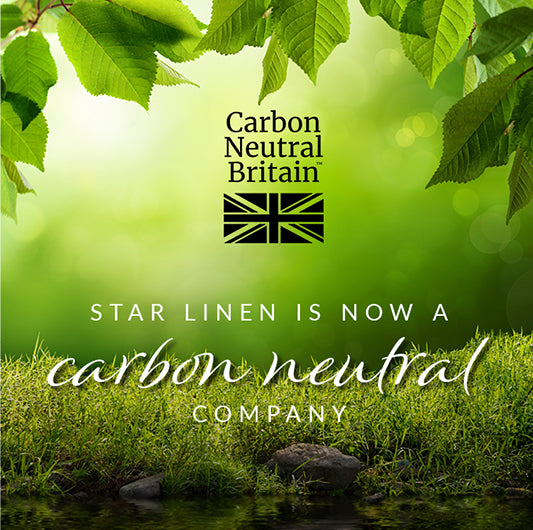
We have just become a carbon neutral, again!
Last year we able to offset our emissions to become carbon neutral. This year we achieved our goal of reducing our carbon emissions and becoming carbon neutral once more.
We chose four projects that have enabled us to become a carbon neutral business and also supported projects in the UK.
Energy Efficient Lighting - India.
This project was developed by the Bureau of Energy Efficiency (BEE) to promote energy-efficient lighting in India, thus reducing the electricity, and therefore carbon emissions generated from the grid. When established, around 76% of India’s electricity was generated from coal – and so by reducing energy consumption and efficiency, over 35,000 tonnes of CO2e are offset each year.
Improved Biodiversity & Mixed Reforestation - Costa Rica.
The reforestation project in Costa Rica combines the premium quality standards of a recognised forest carbon offset project with multiple ecological and socio-economic benefits for local communities and the environment. Since the start of this project, an area of 2,115ha of pastureland, previously used for extensive cattle ranching, has been under sustainable management. In total, more than one million trees were planted using a variety of 17 different tree species.
Reforestation on Degraded Land - Uruguay.
Located in the heart of Uruguay, this project turns 21,298 hectares of land that have been used for beef cattle grazing for over 300 years, to sustainable managed forests. This project will convert this land to forest plantations, for obtaining high-value, long-lived timber products and for sequestering large amounts of carbon dioxide.
Reforestation - Australia.
Conservation International, a world authority on biodiversity conservation, identified Southwest Australia as one of only 35 globally significant biodiversity hotspots. It is therefore imperative that these ‘megadiverse’ areas be protected to ensure their survival and restoration. The Yarra Yarra Biodiversity Corridor Gold Standard project is located in this global biodiversity hotspot.
